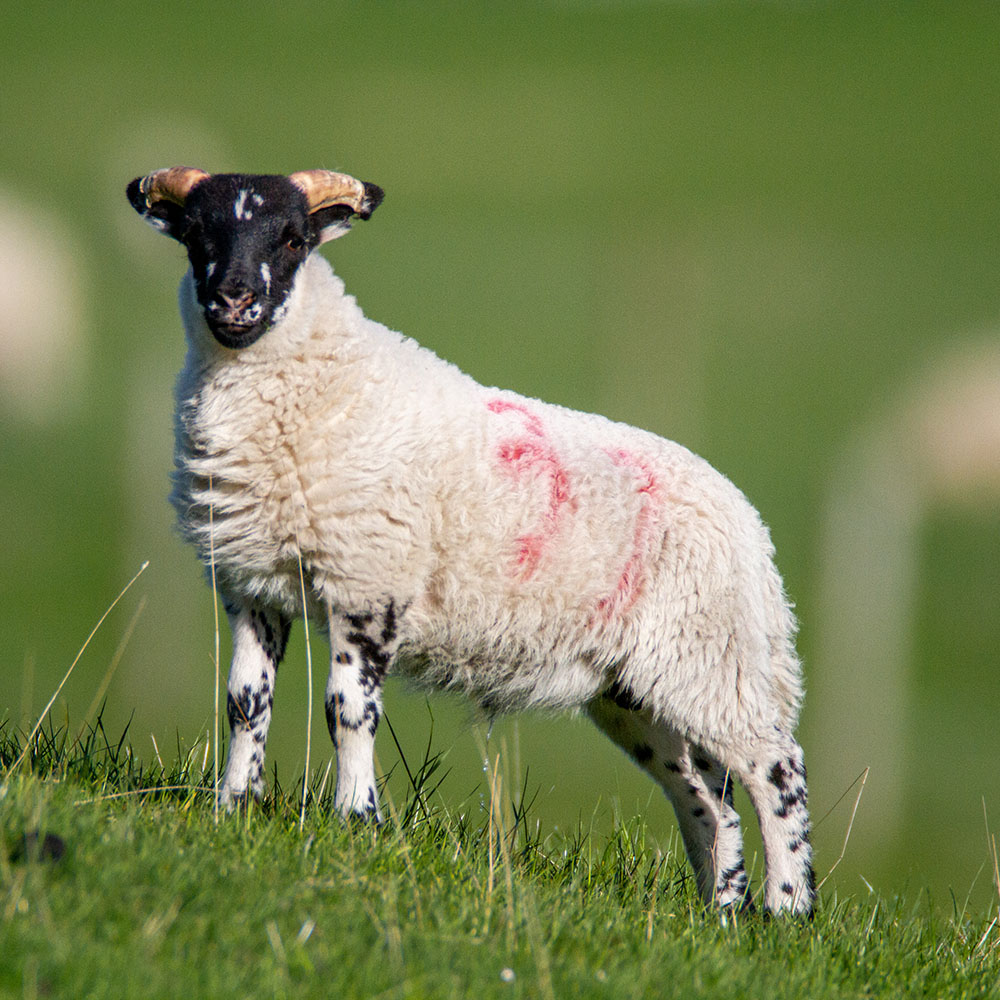The air at county fairs is rarified in the hours before the food booths and carnival rides are open to the public. People can view exhibits in the various buildings on fairgrounds but the real stars at that time of day are the livestock shows.
Kids, parents, indeed whole families bustle in and out of barns while farm animals add to general atmosphere of busyness. To the uninitiated or unfamiliar, show days look like unbridled chaos. To seasoned veterans, show days are the culmination of months, even years, of working toward the goal of a ribbon, banner, or auction paycheck.
For children with an entrepreneurial spirit, regardless of where they live, county fairs offer a unique opportunity to explore how to operate a microbusiness with supervision and a safety net. The premise is simple: buy an animal, raise it, feed it, train it, exhibit it to its best advantage, and sell it. The details are difficult.
As with any small business, input costs become apparent quickly. Housing, feeding, potential veterinary bills, transportation, marketing, and other costs can (and should) all be tracked by livestock exhibitors. Under the auspices of 4-H and Grange projects, those inputs are tracked through “record books,” which act much like an accounts paid log in a small business. FFA offers something similar in a digital format through the Agricultural Experience Tracker or AET.
Beyond accounting, though, children learn one of the most valuable lessons of life in this social media age: how to care for another living thing first. The feeding, care, and training of livestock requires an investment of time and effort. It is a hands-on, get dirty time investment that cannot be done with a screen or in just a few minutes here or there. Feeding and watering an animal day and night, regardless of weather or motivation level is crucial to the well-being of that animal. As is making a significant investment in spending time working with that animal to ensure it is comfortable with being exhibited at the county fair.
These lessons are put to the test on auction day at many county fairs. Sale day is when youth exhibitors do their best to market, network, and earn some reward for their efforts of several months. Children of all ages, walks of life, and experience levels will mingle with family members, business owners, legislators, and other members of the community who are bidding on animals. Learning to shake hands with a stranger, introduce themselves, and say “please” and “thank you” in a large, loud crowd, is a critically important part of the county fair process.
At a recent county fair, more than $1 million was spent purchasing animals from local livestock exhibitors between the ages of eight and 18 showing in 4-H, FFA, and Grange. Some of those funds certainly will be applied to the “operating expenses” incurred by the exhibitors to cover the cost of buying the animals, feed, that lucky show shirt that brought home the Grand Champion ribbon. However, there is a strong possibility most of the money earned from the auction will go to a college fund or the purchase of a first car or to help fund another dream.
The late, great country singer Chris Ledoux sang, “There’s a full moon in the western sky and there’s magic in the air, ain’t nothin’ I know of can make you fall in love like a night at the county fair.” While the song is about taking a girl on a date at the county fair, it also reminds the listener there is something special about county fairs.
People who have participated in county fairs know they breed a sense of community and belonging to something that cannot be replicated elsewhere. They are a unique learning opportunity under extreme fatigue, pressure, and stress to become more graceful in the face of those challenges. County fairs are pathways for leaders to be created over time. Next time there’s a county fair nearby, go beyond the carnival stalls, find the kid pushing a broom in a livestock barn and ask about their animal. The depth of knowledge that greets those questions in return might be a pleasant surprise.
Pam Lewison is the Director of Agriculture Research at the Washington Policy Center and a Pacific Research Institute fellow. She co-owns and operates a family farm in Eastern Washington state.

